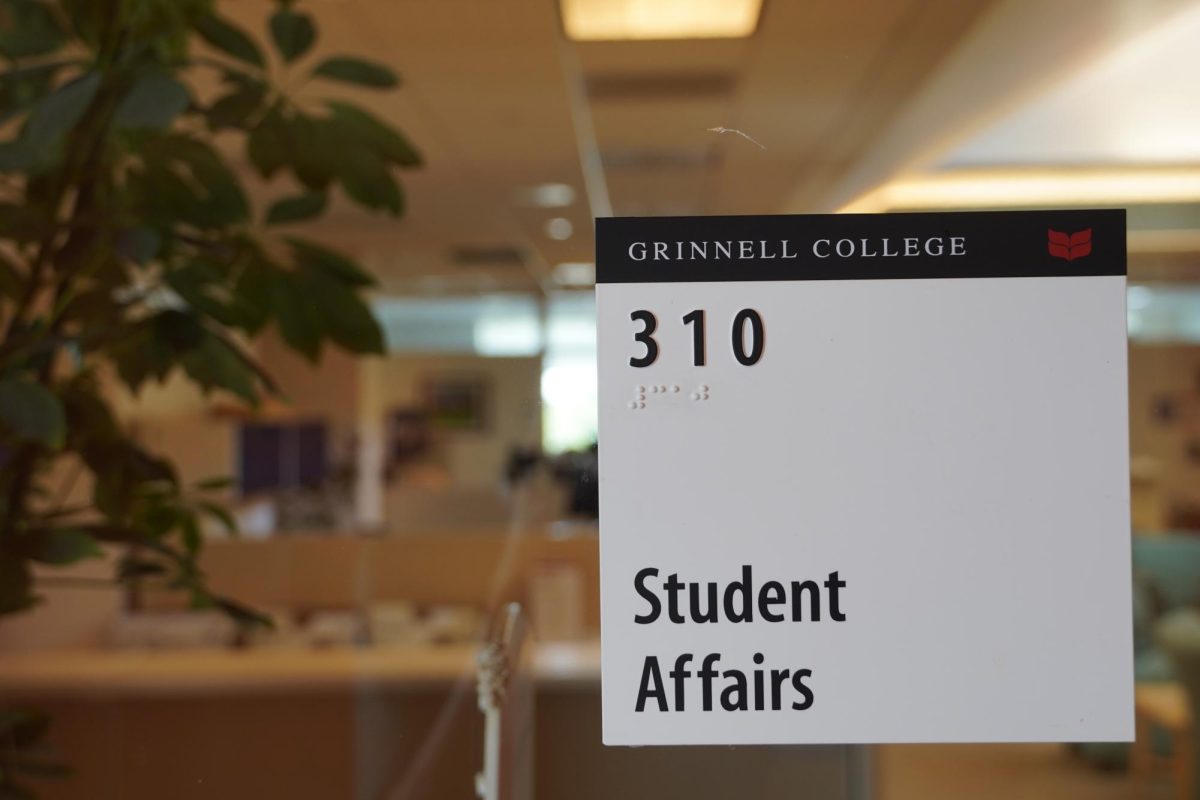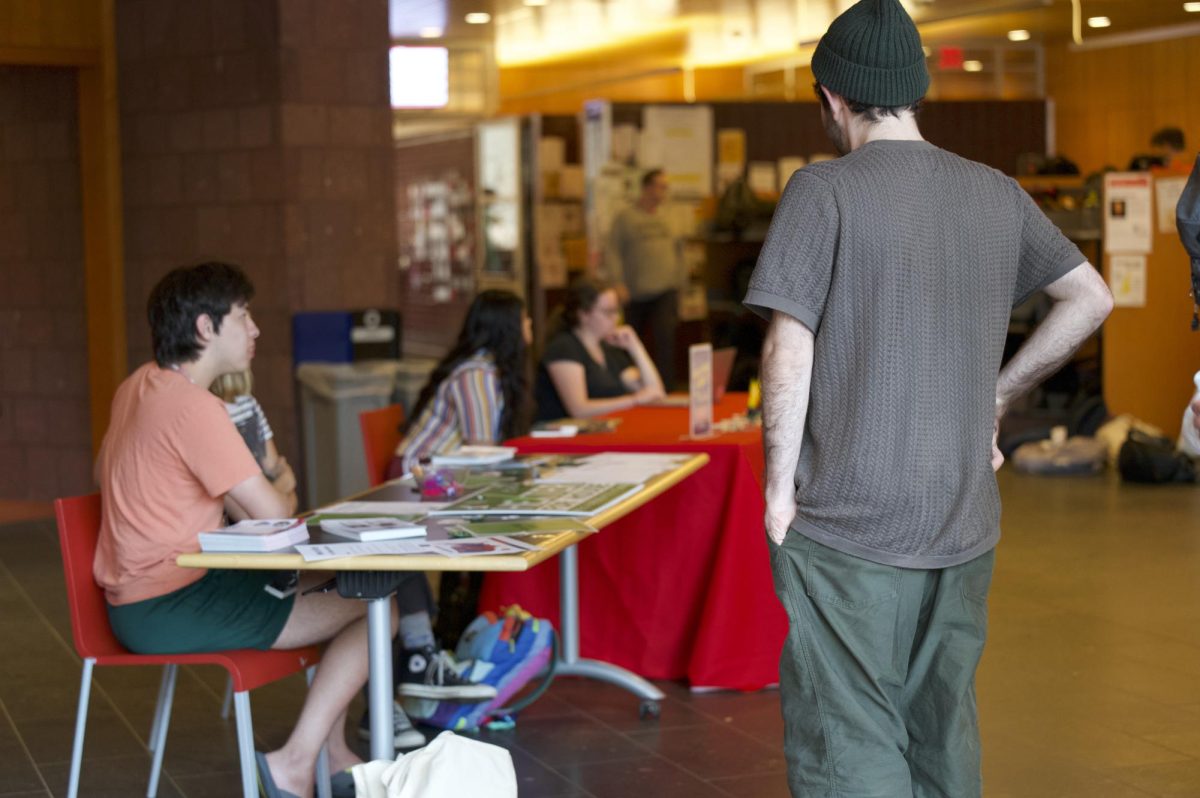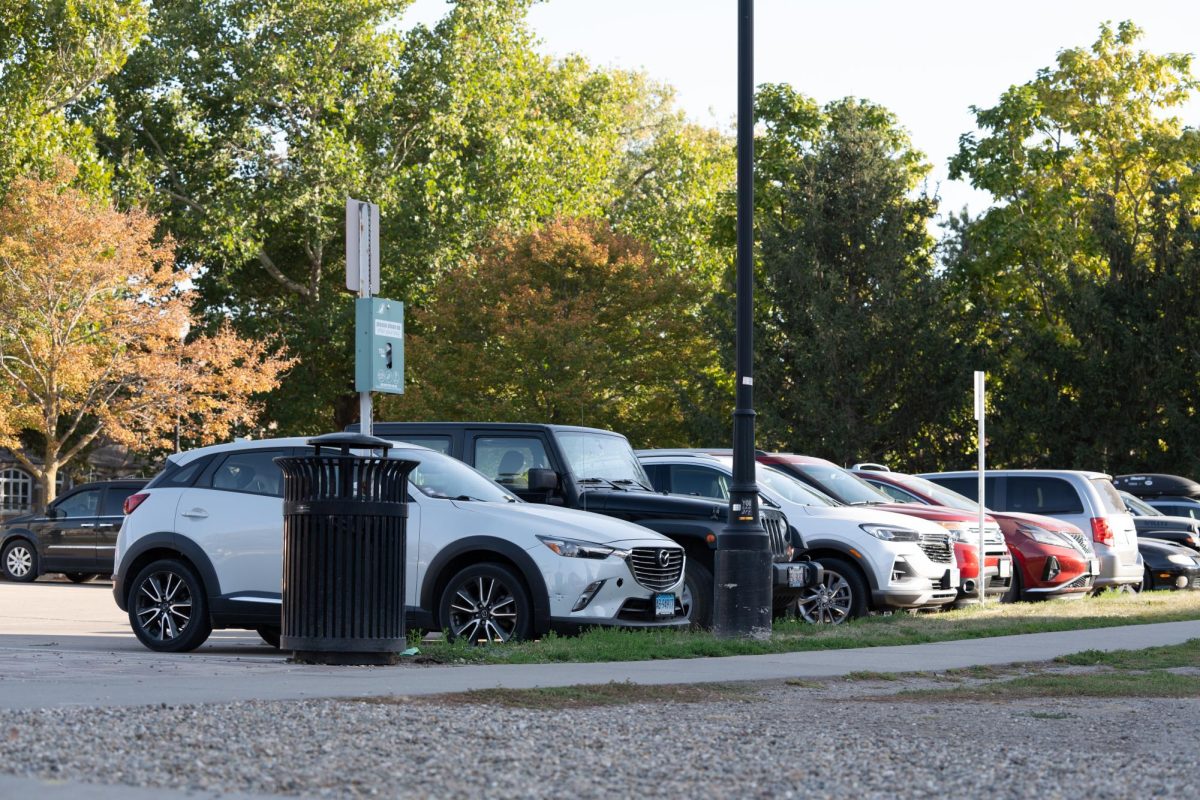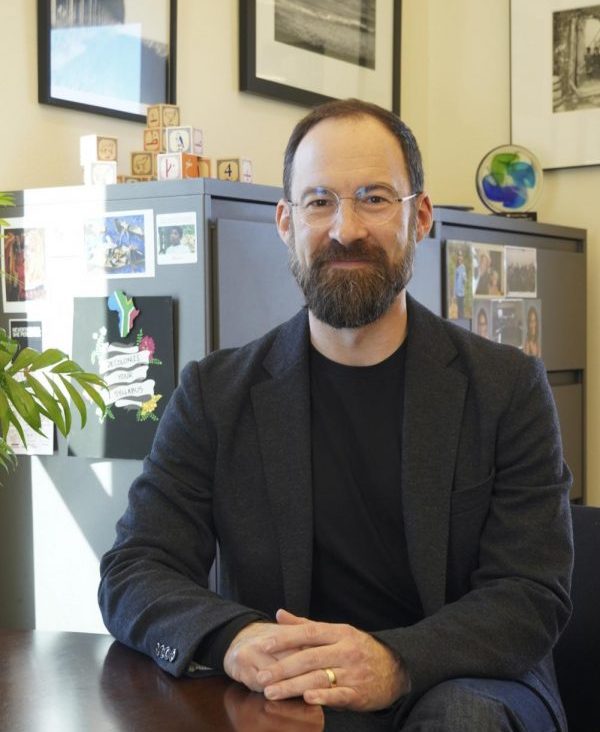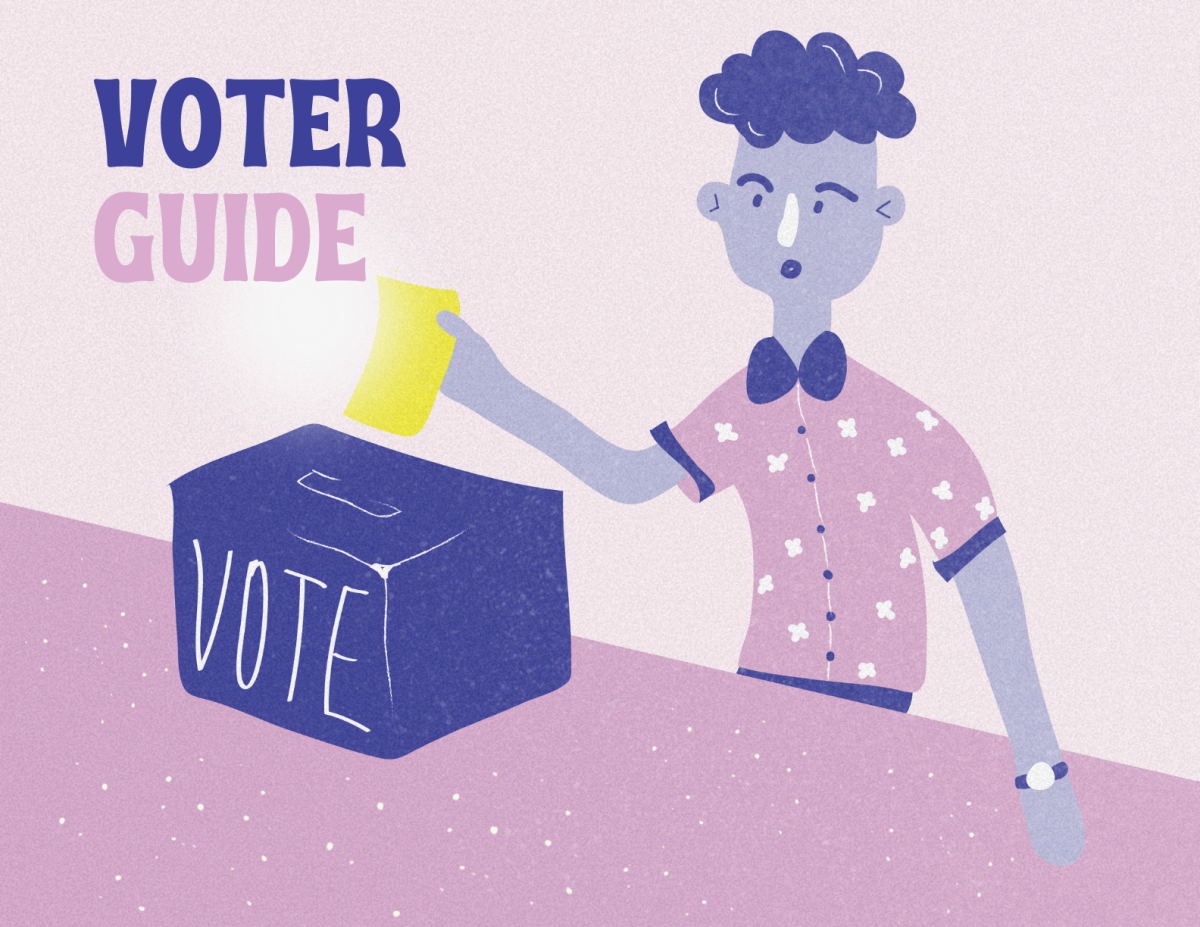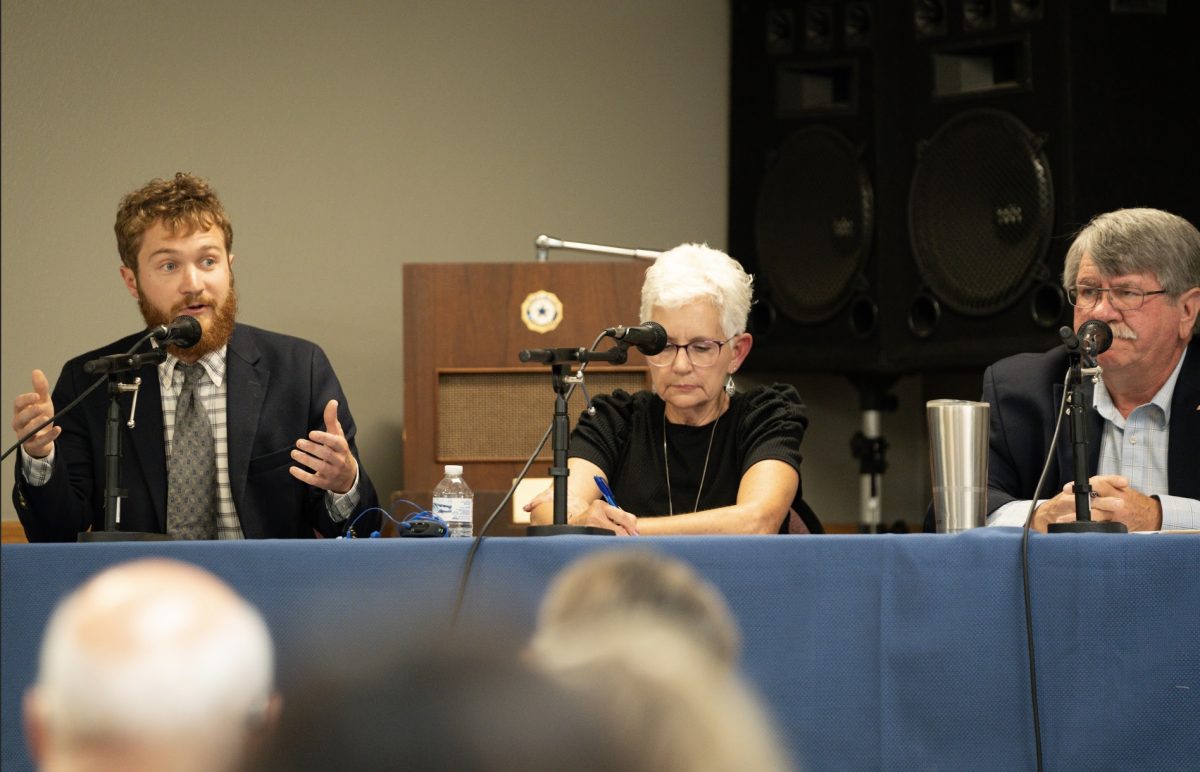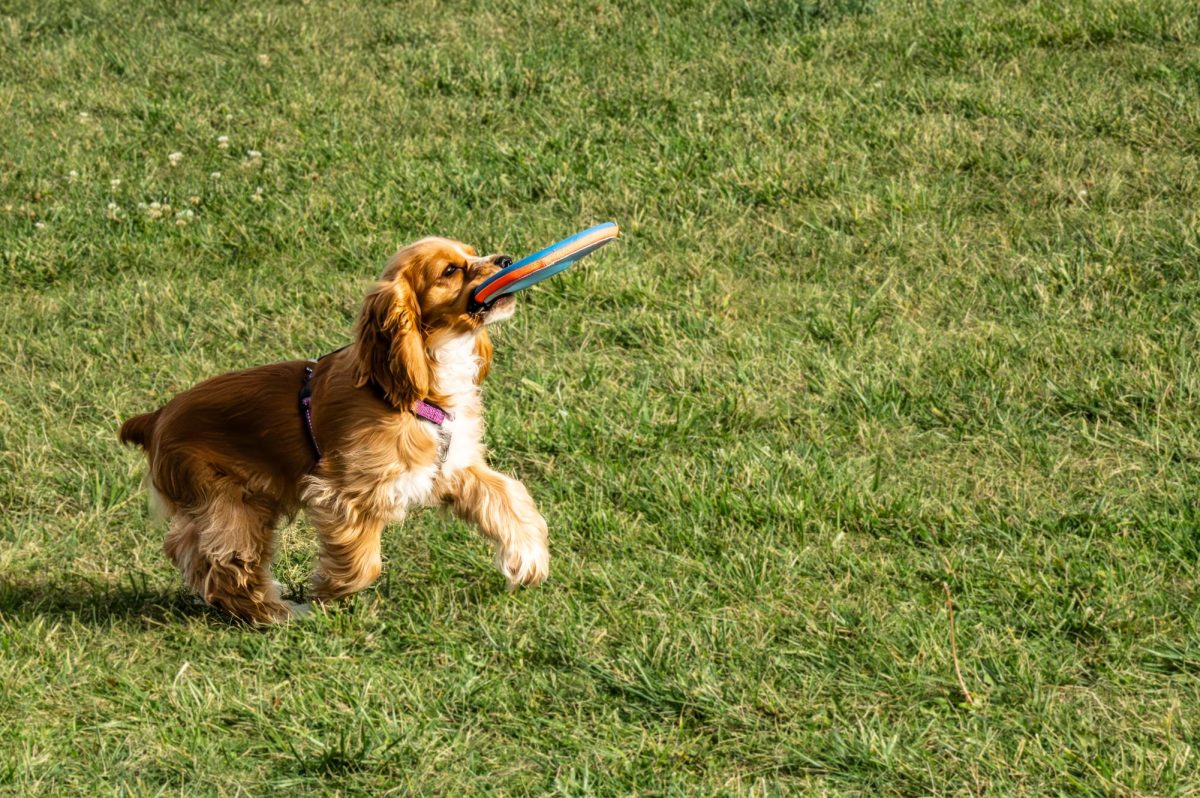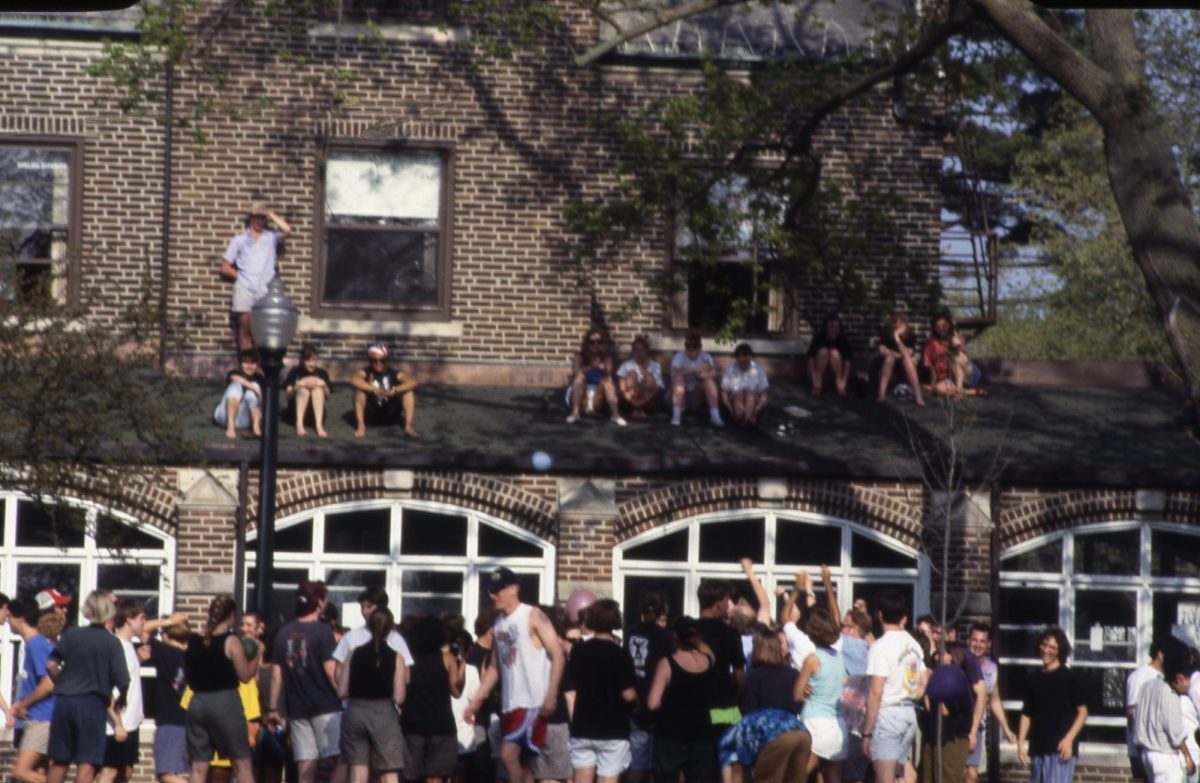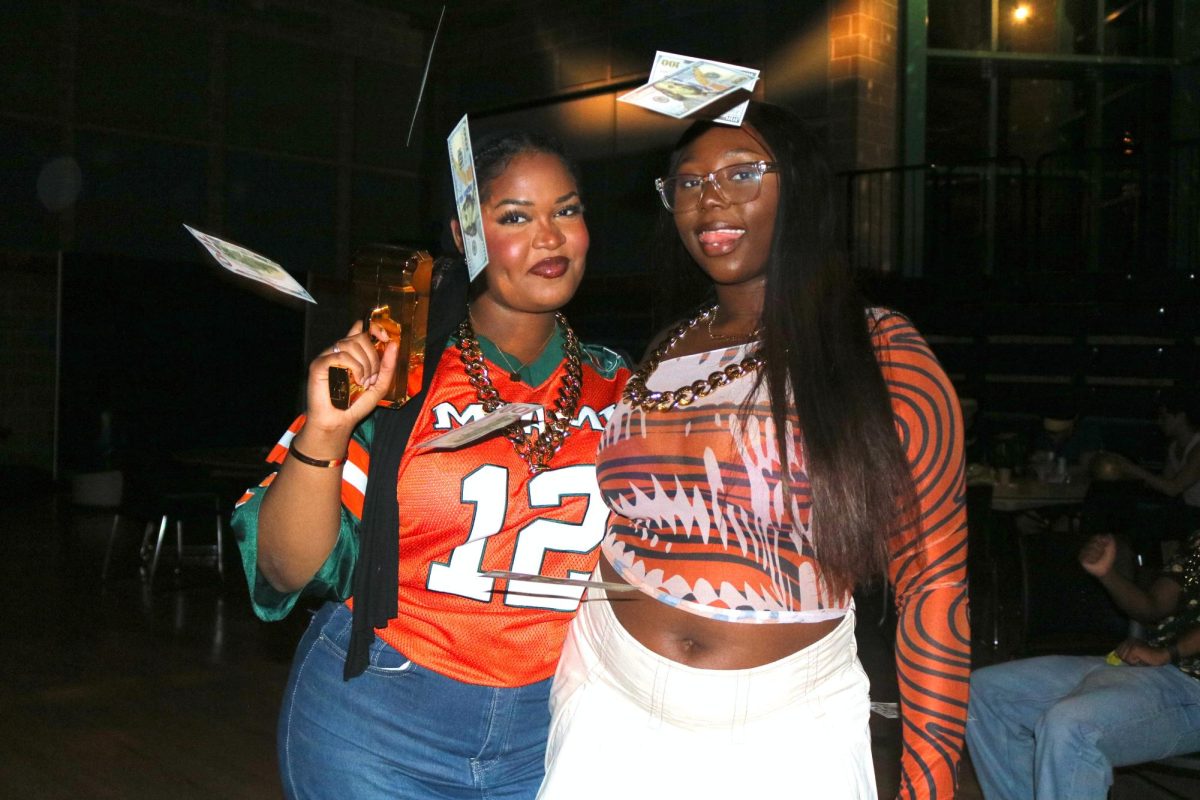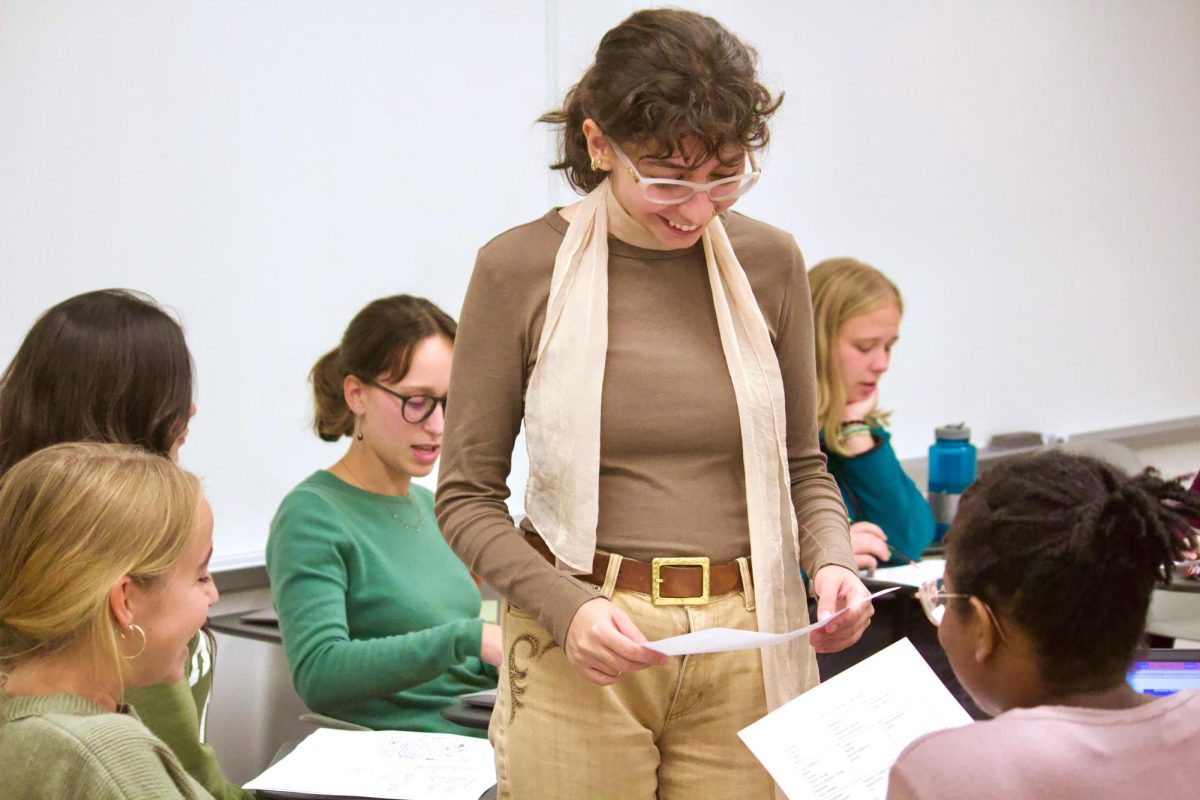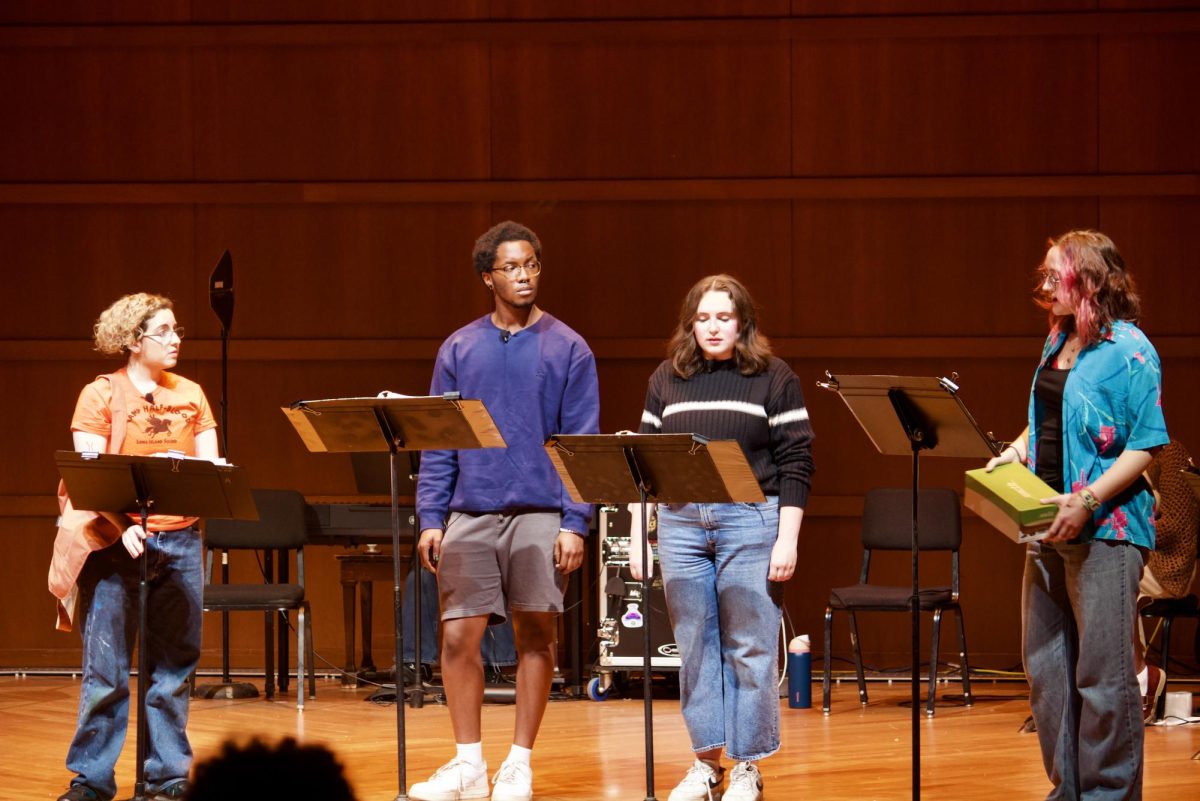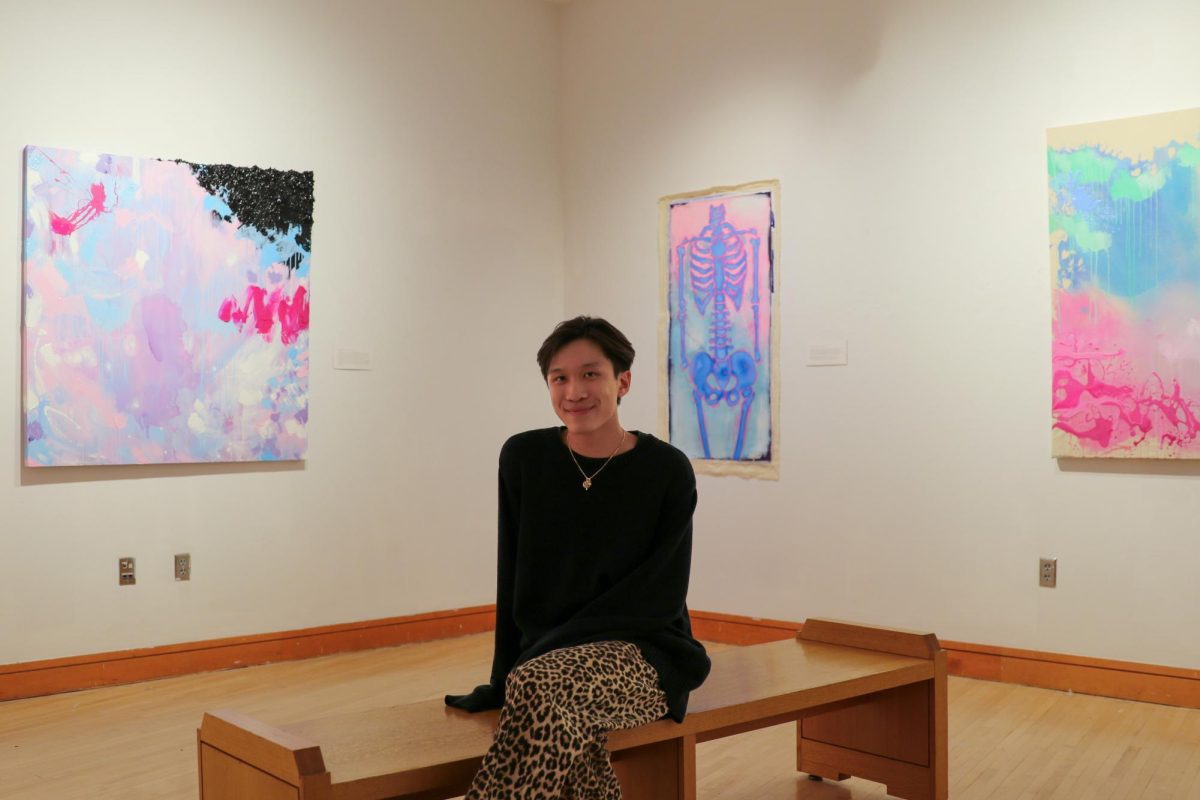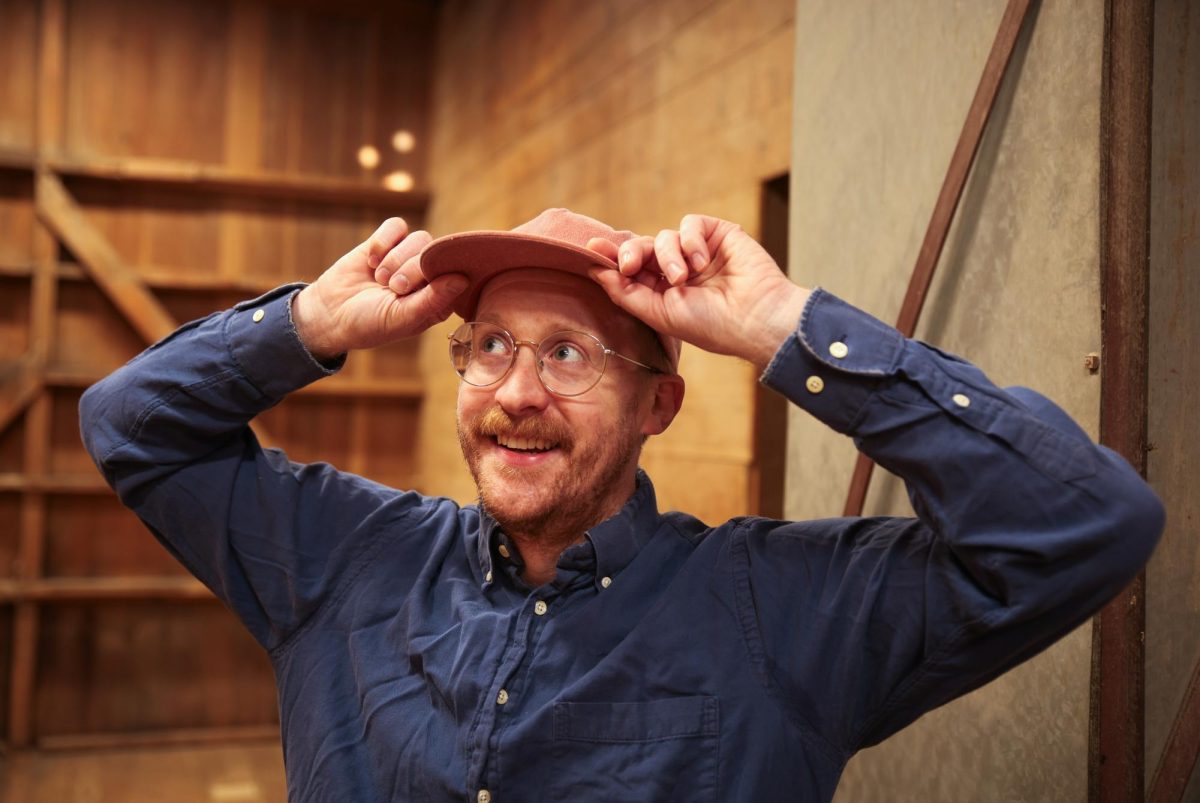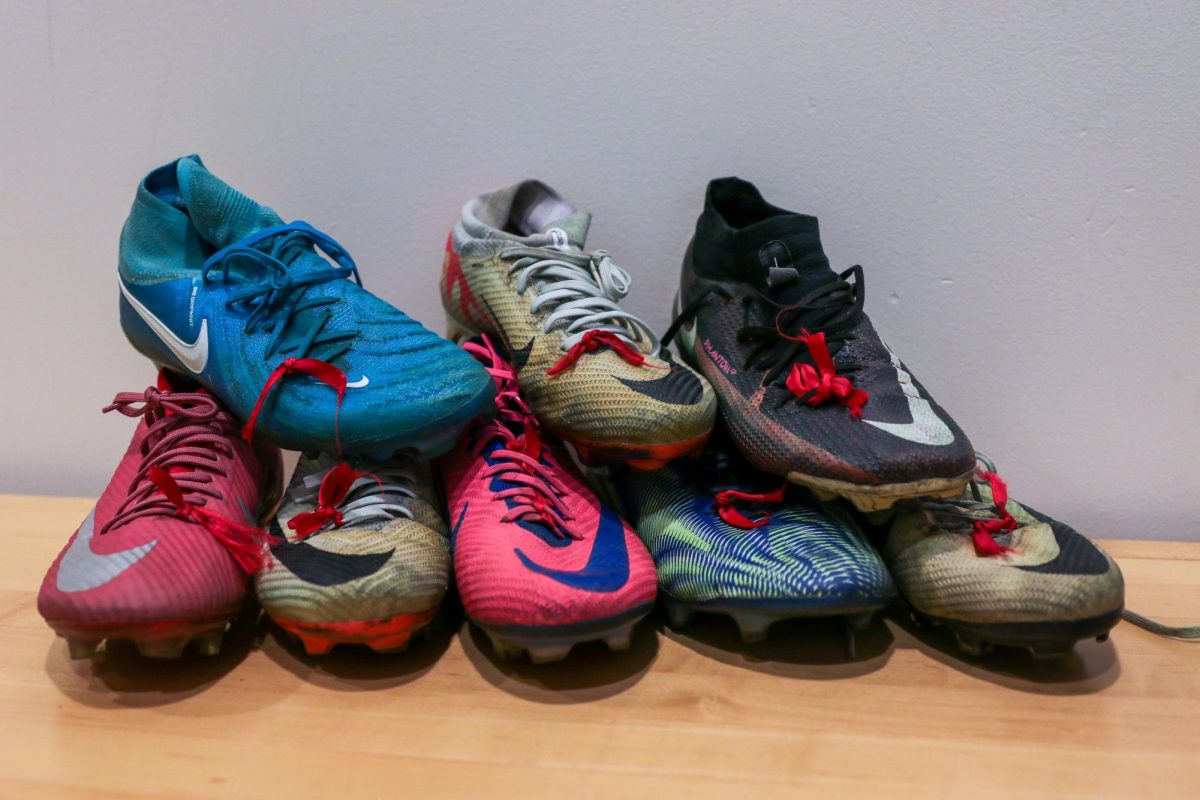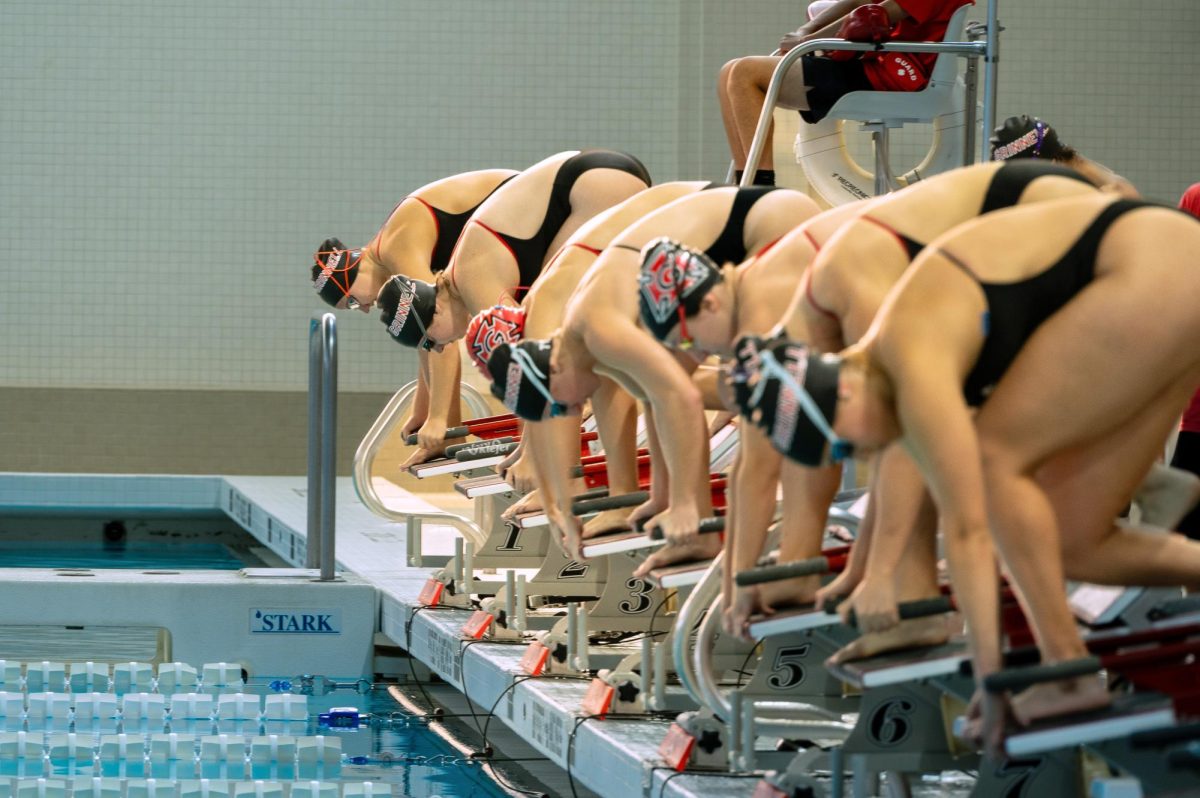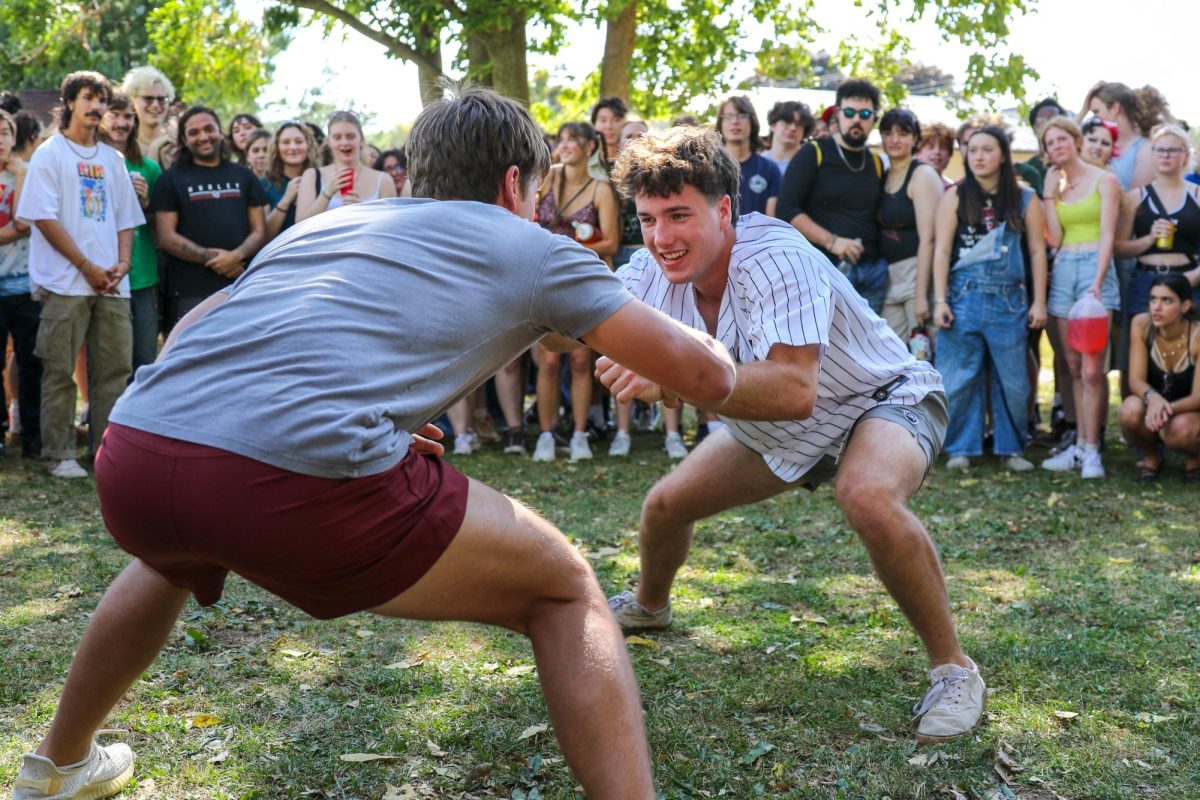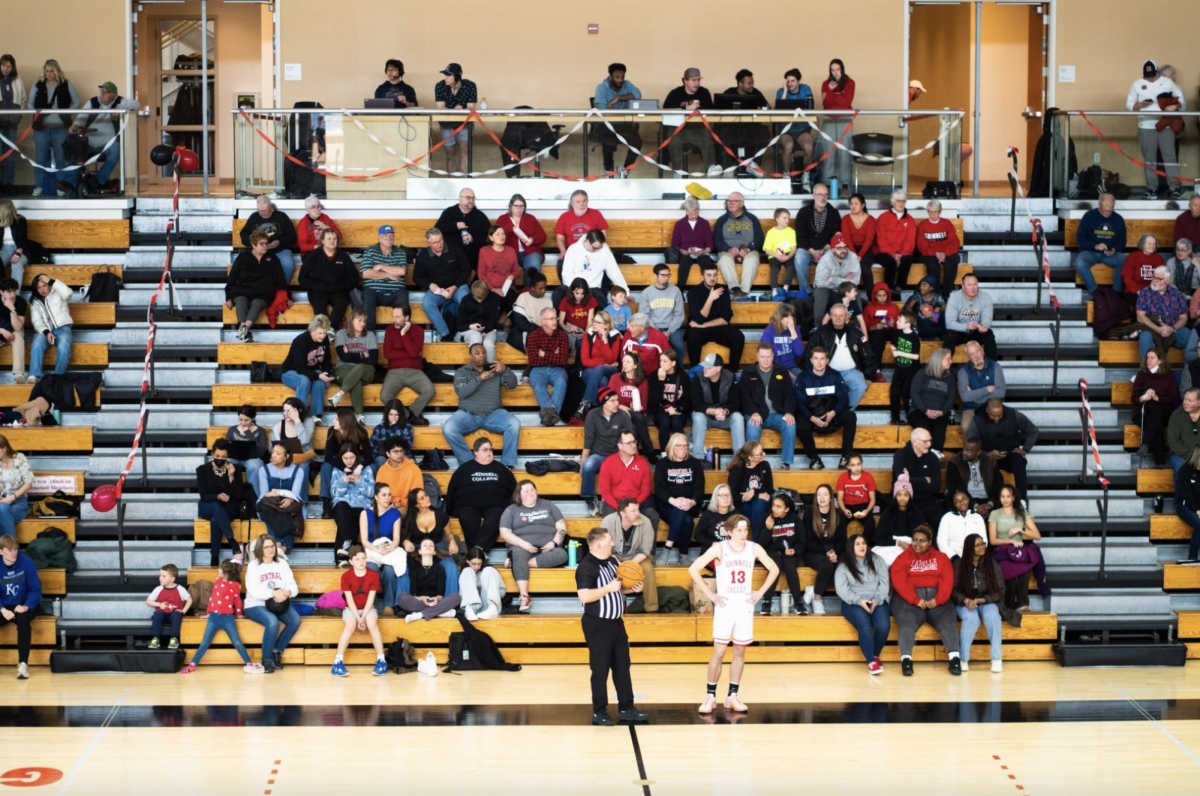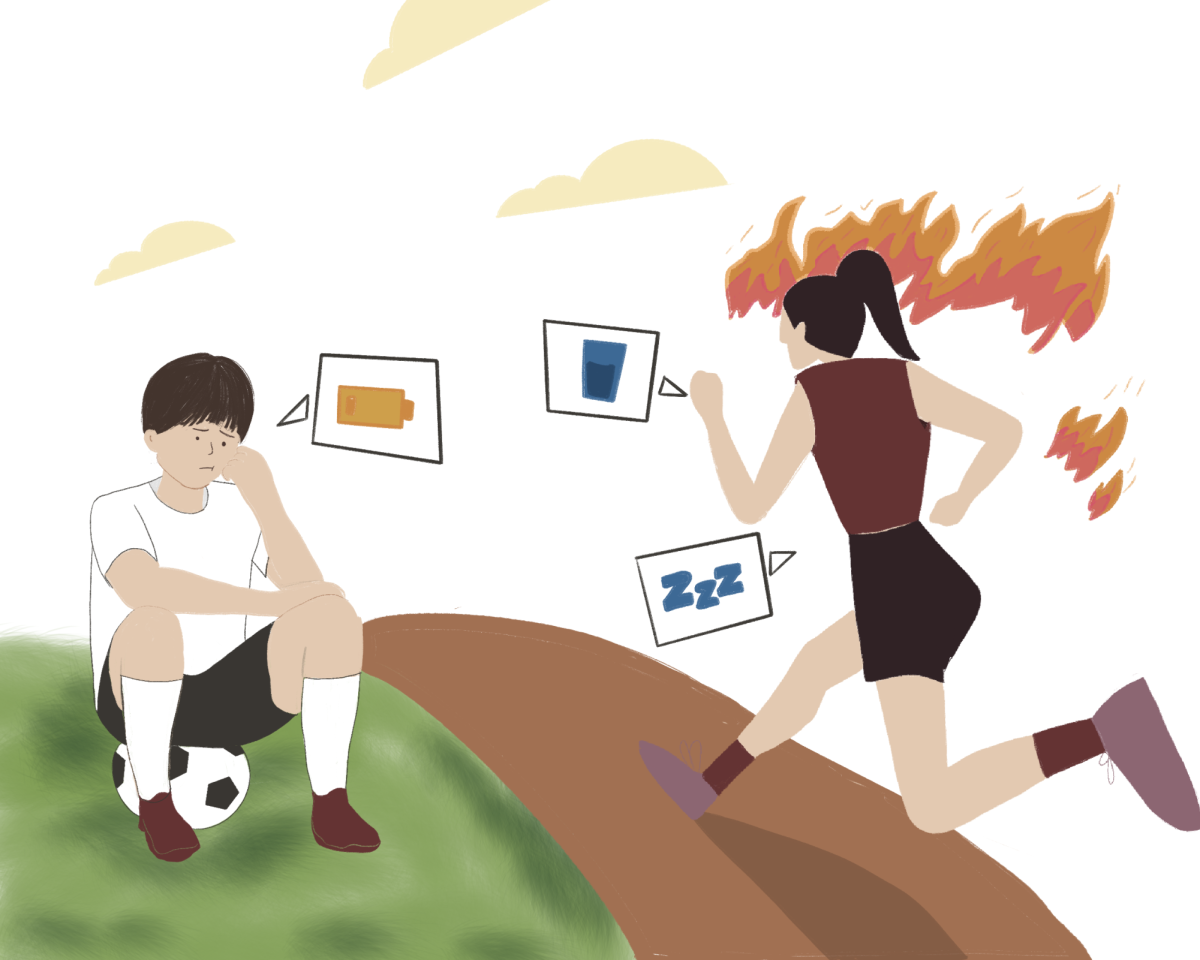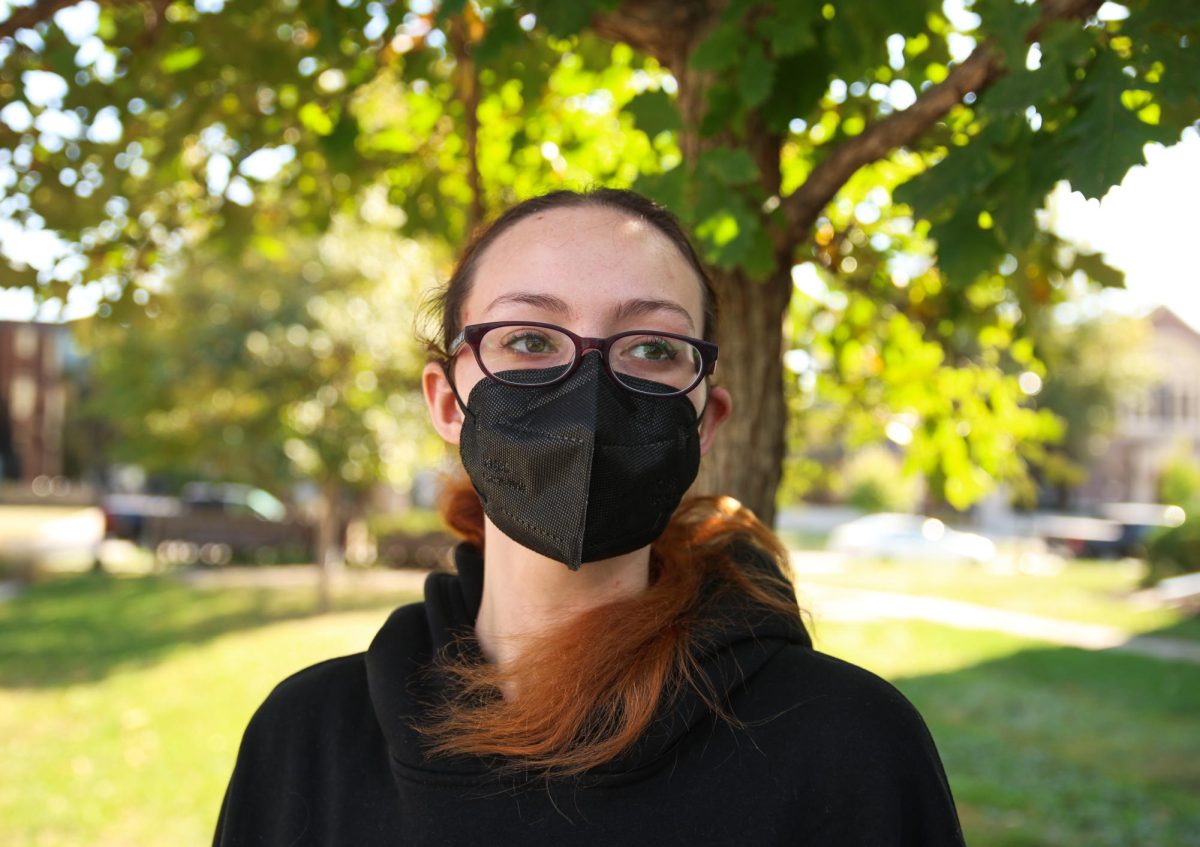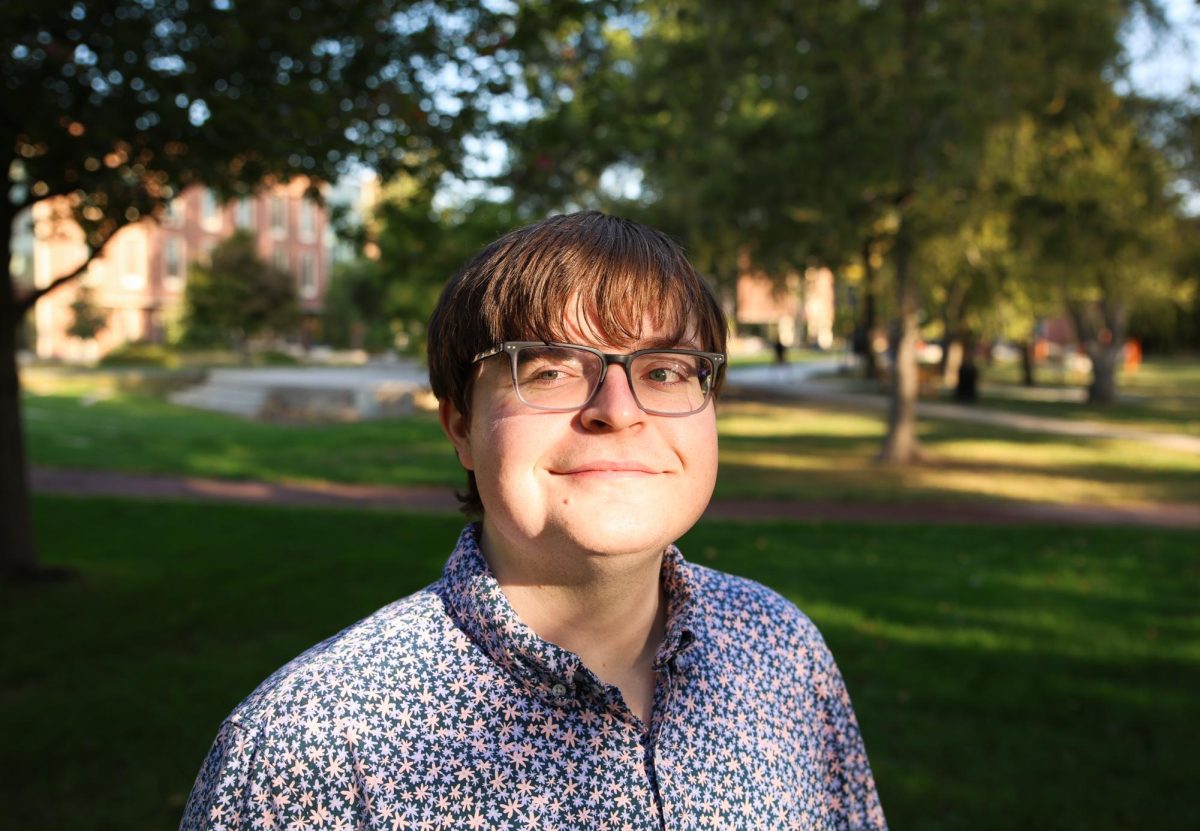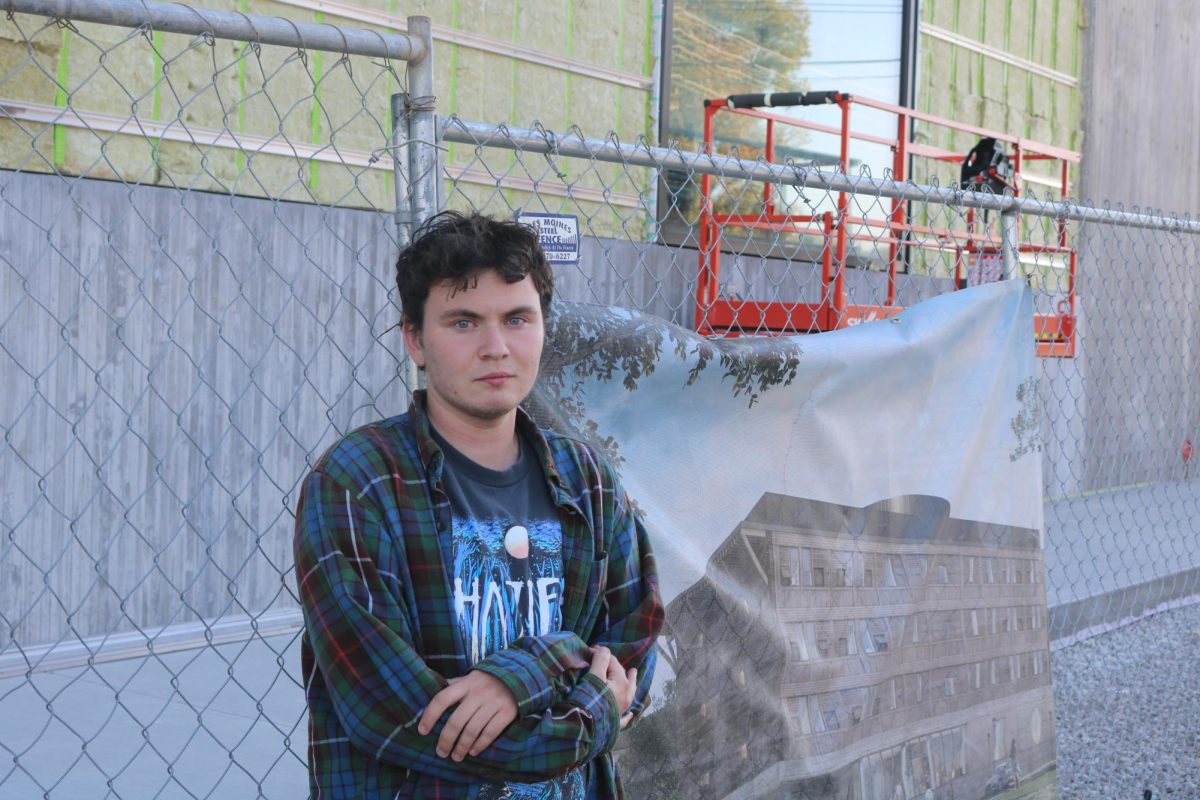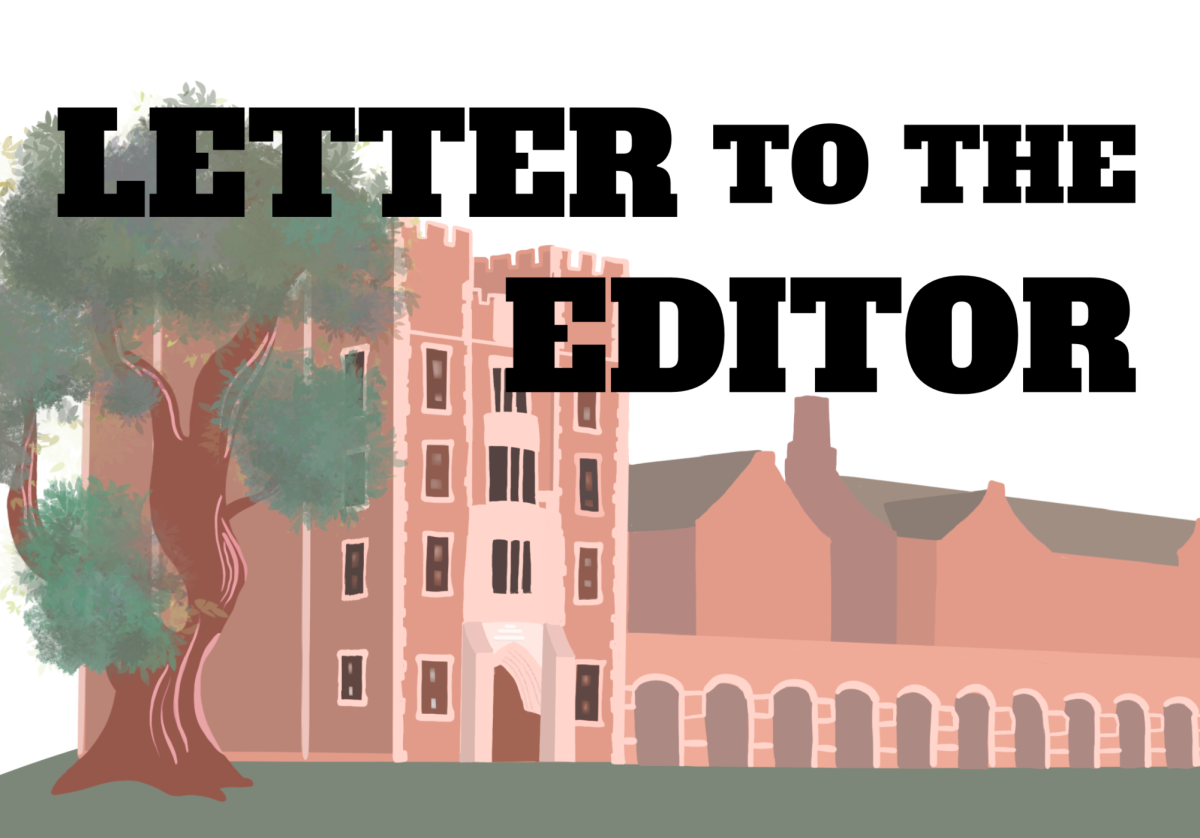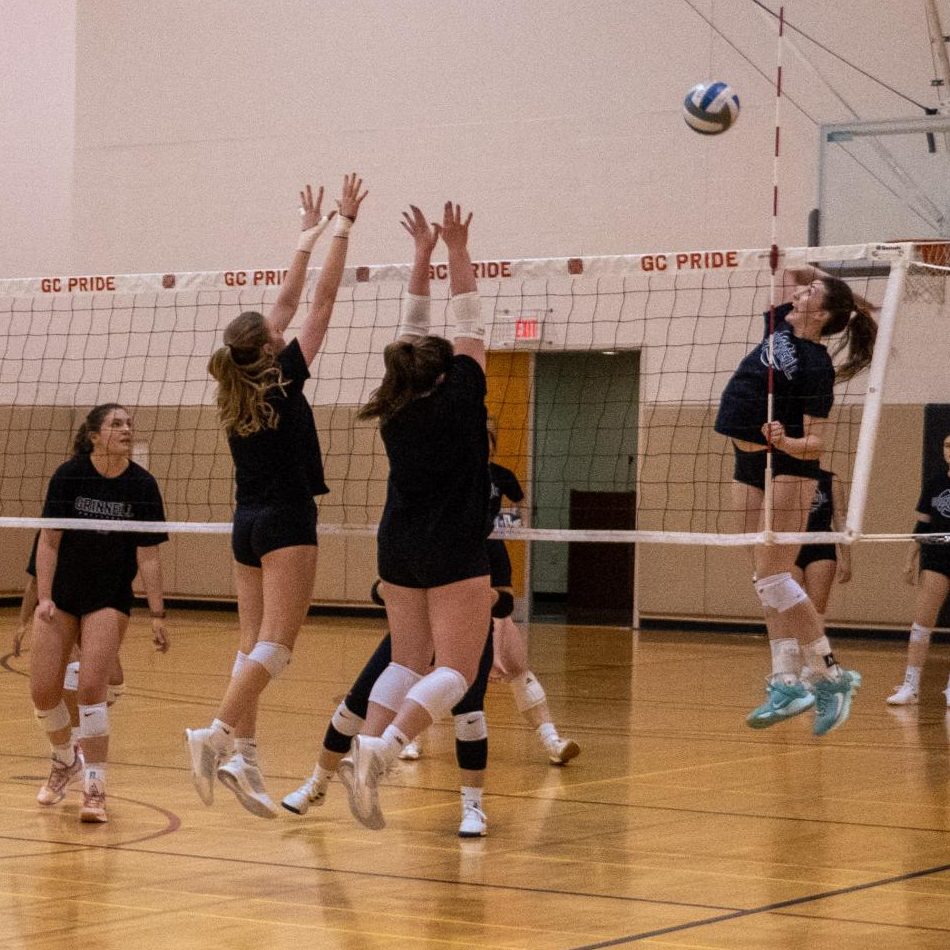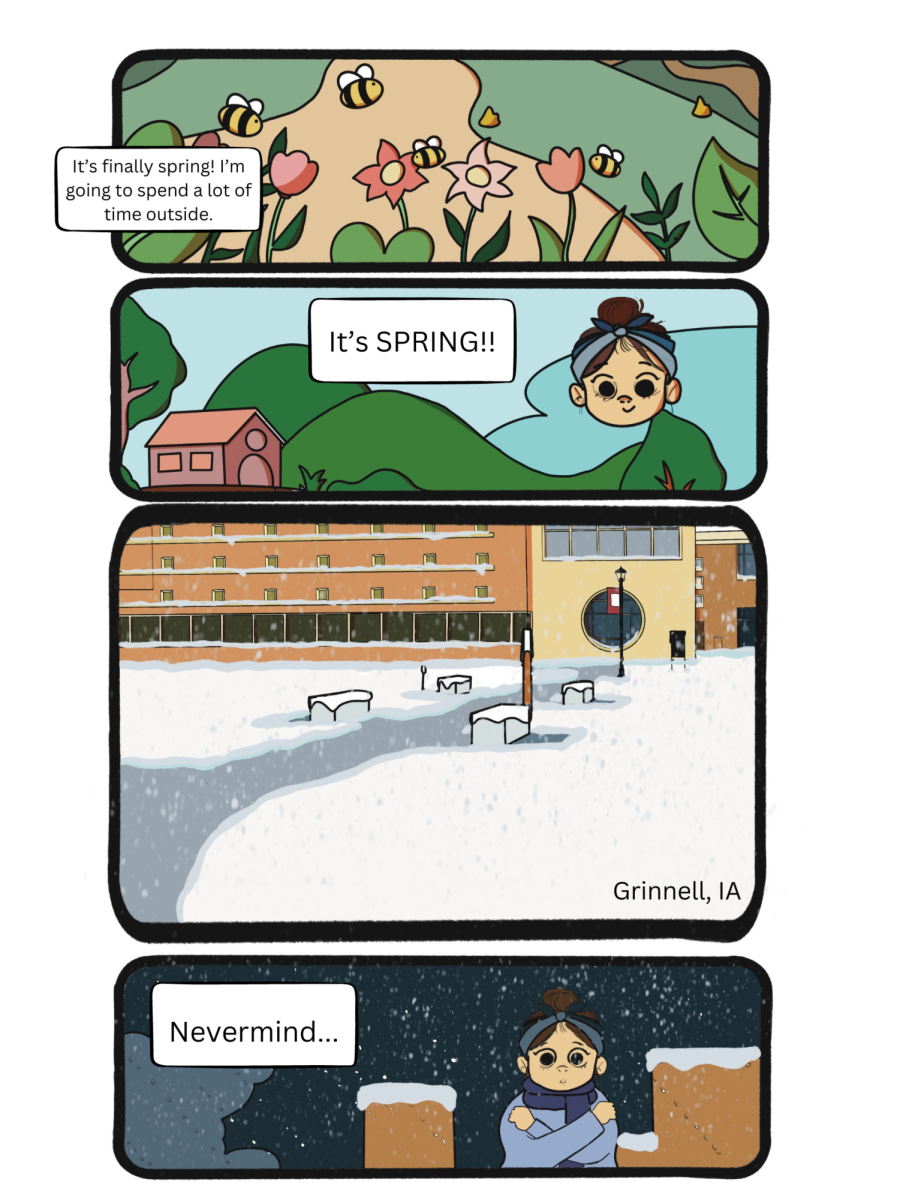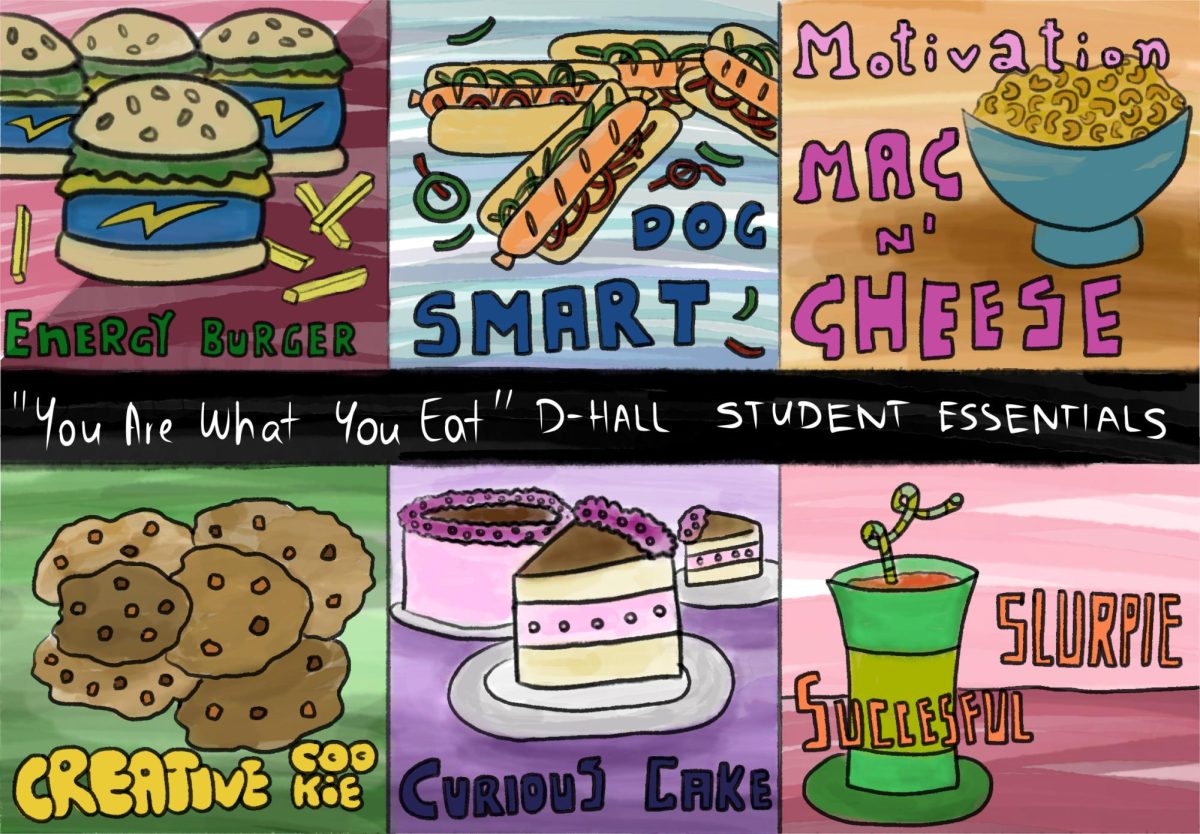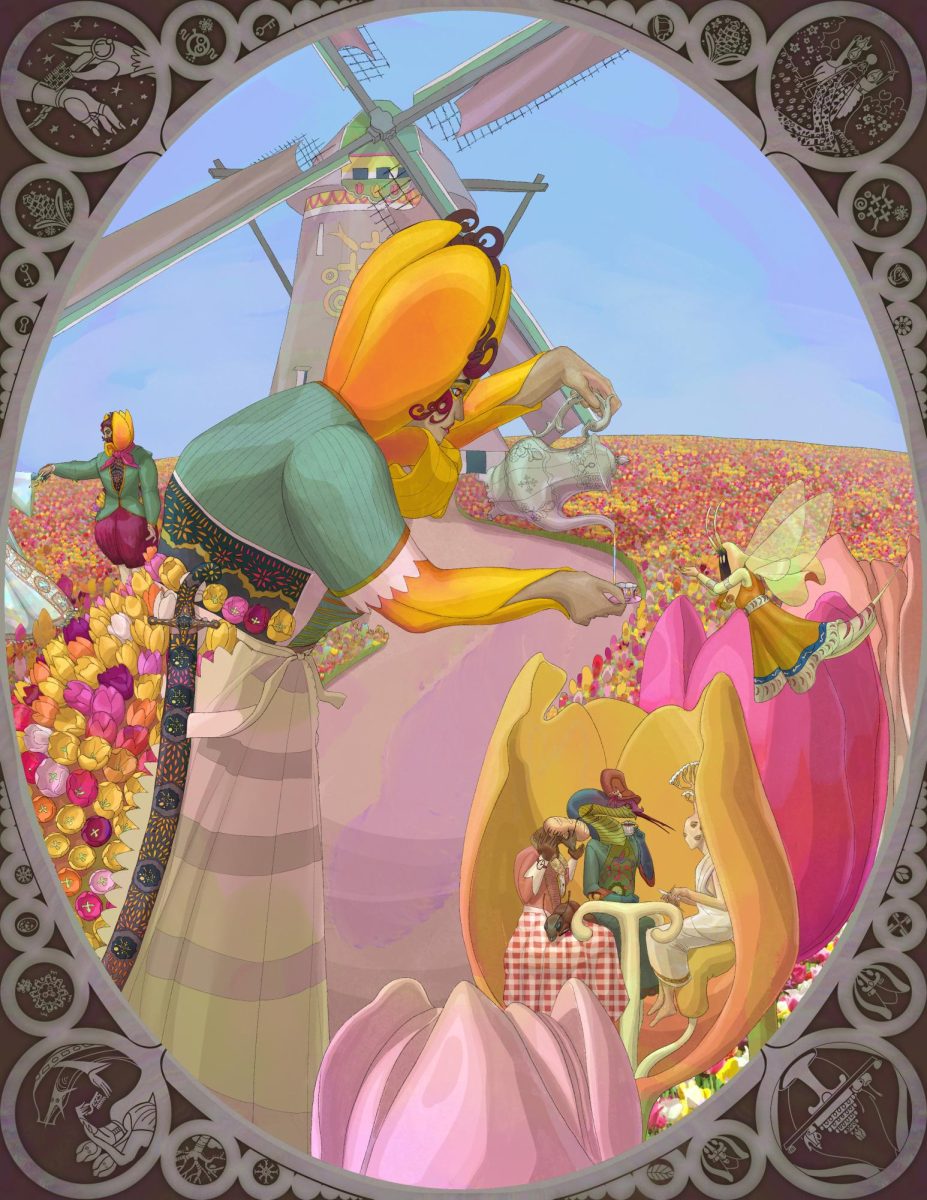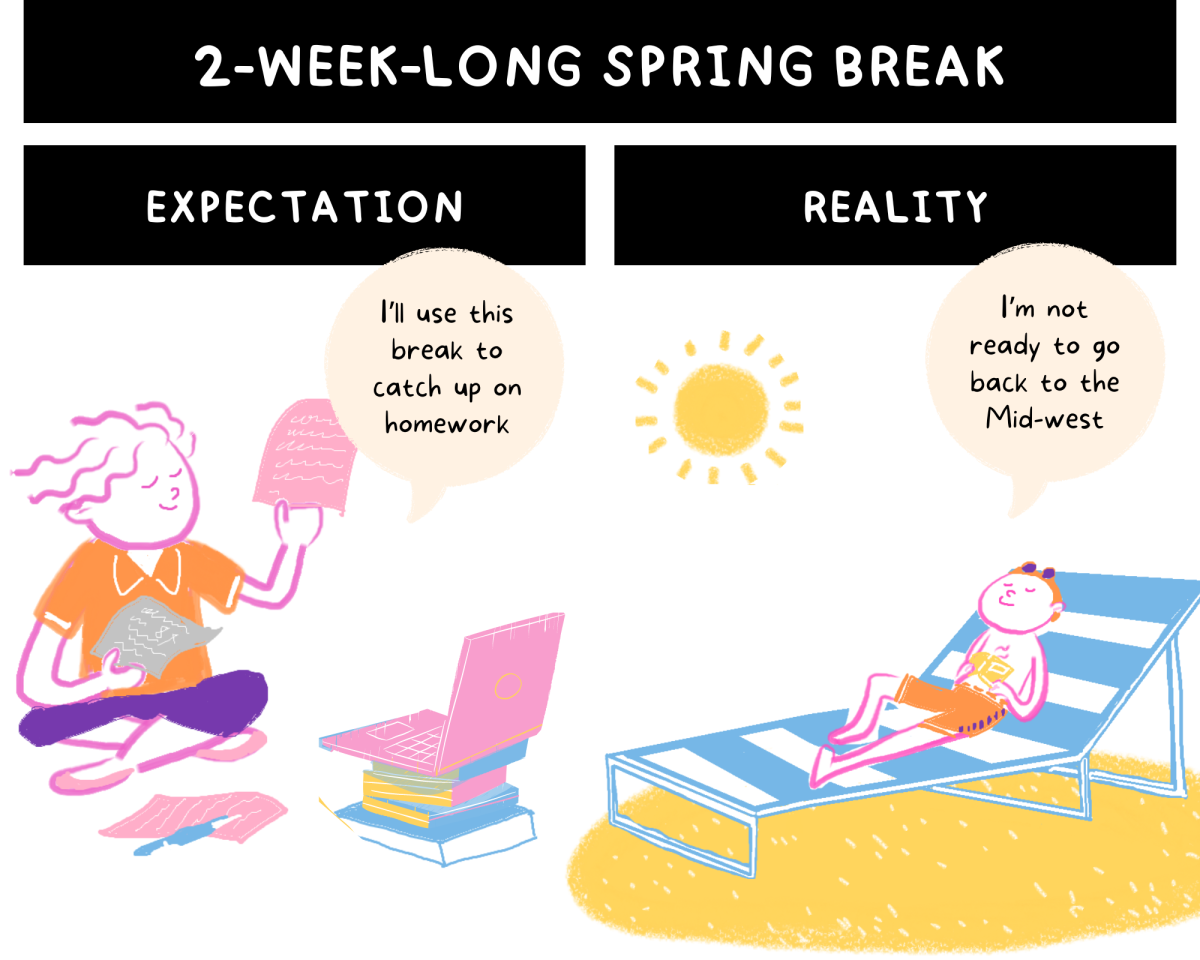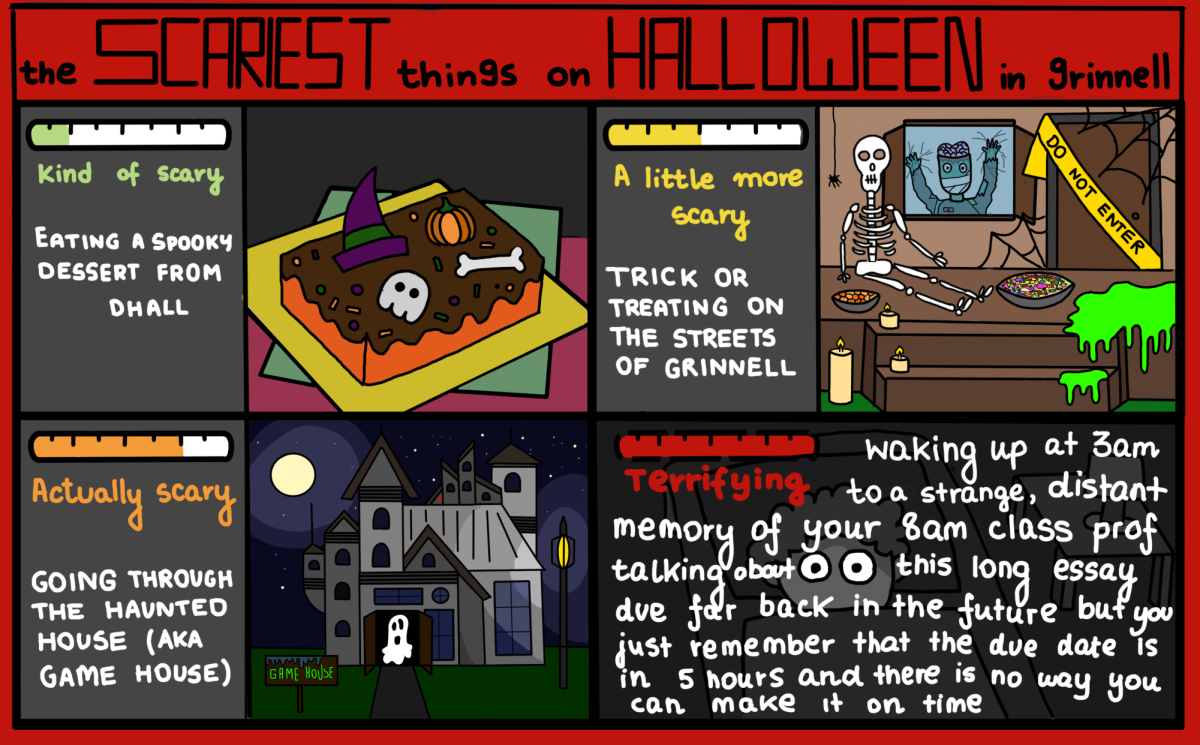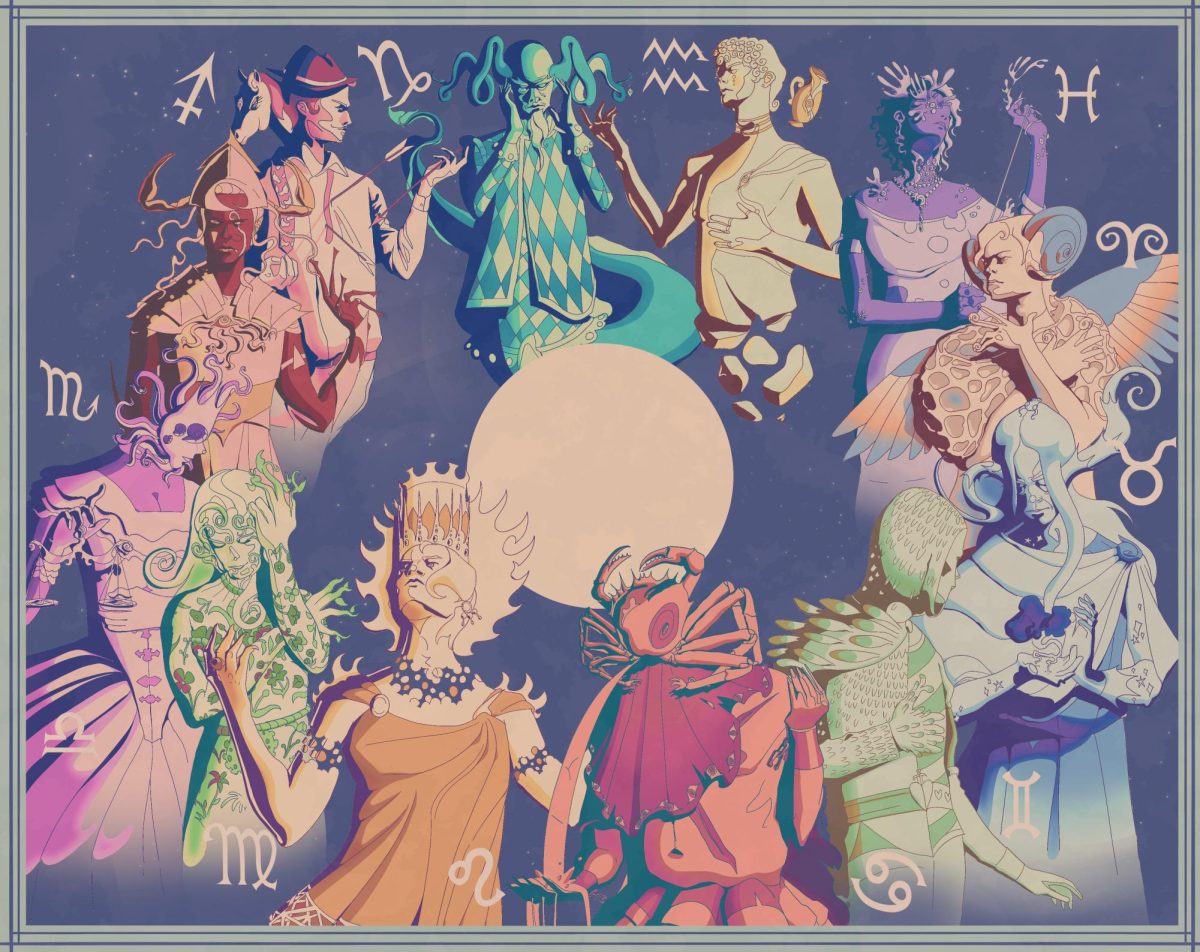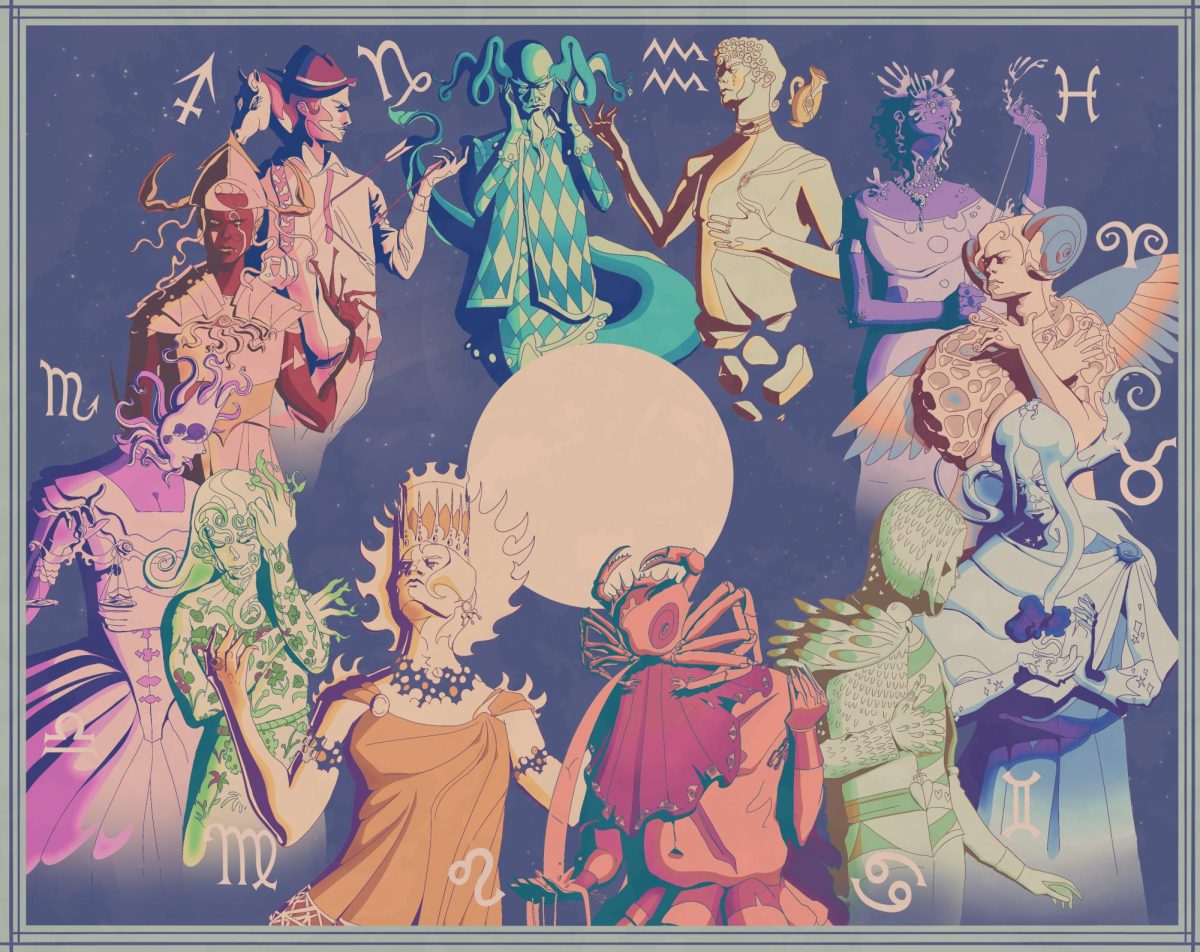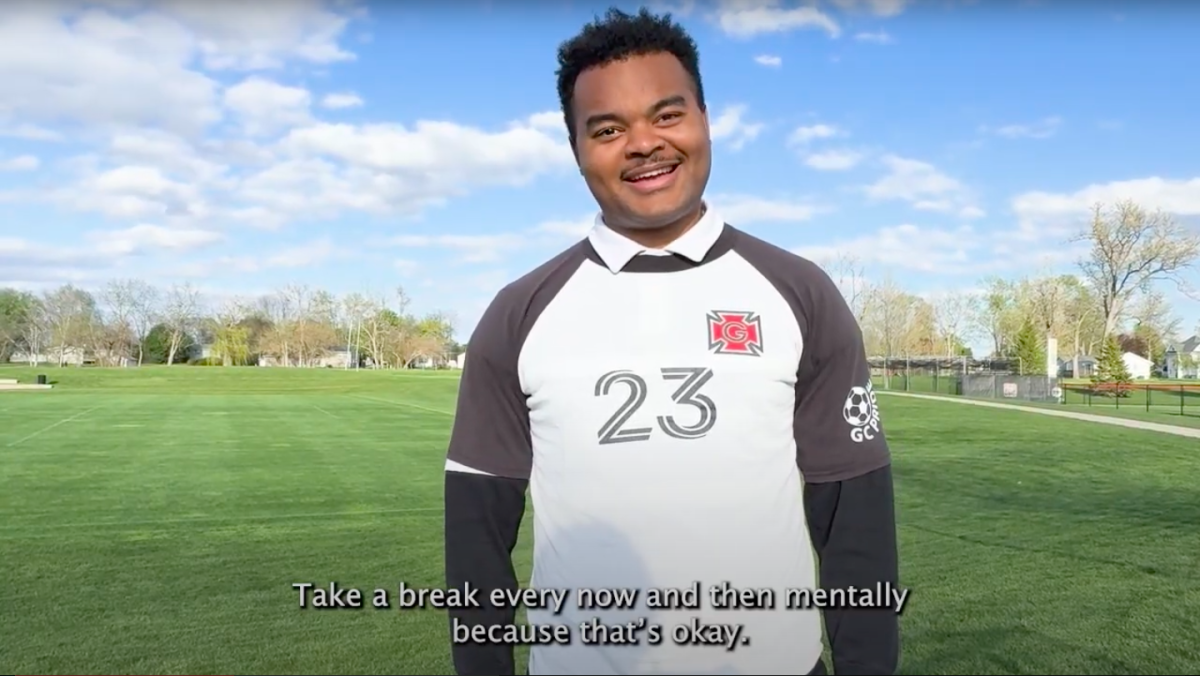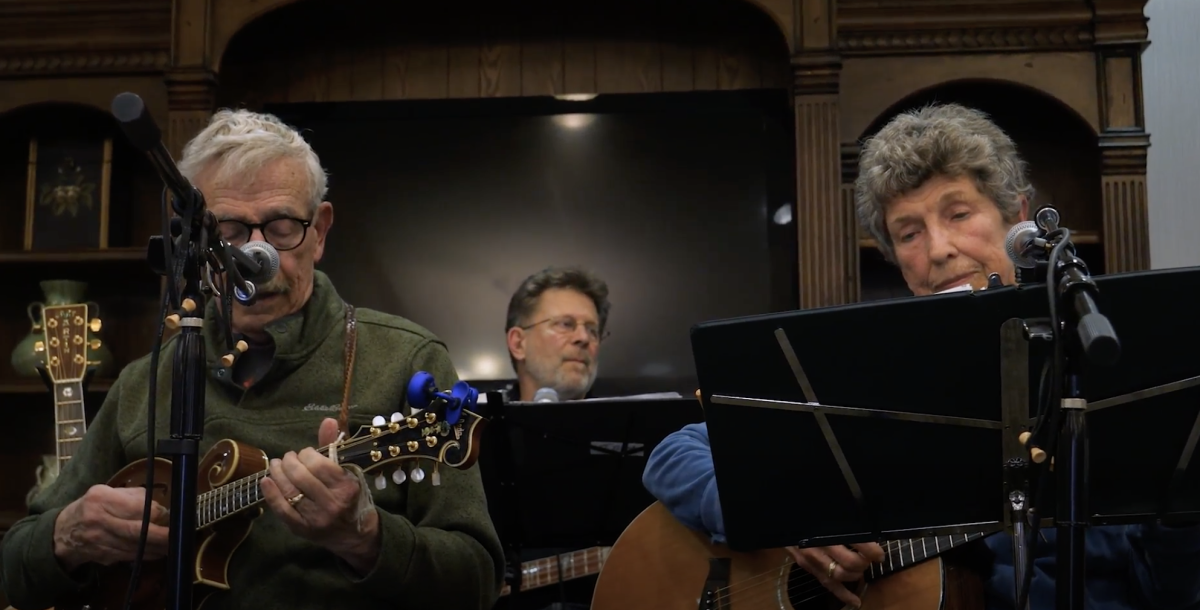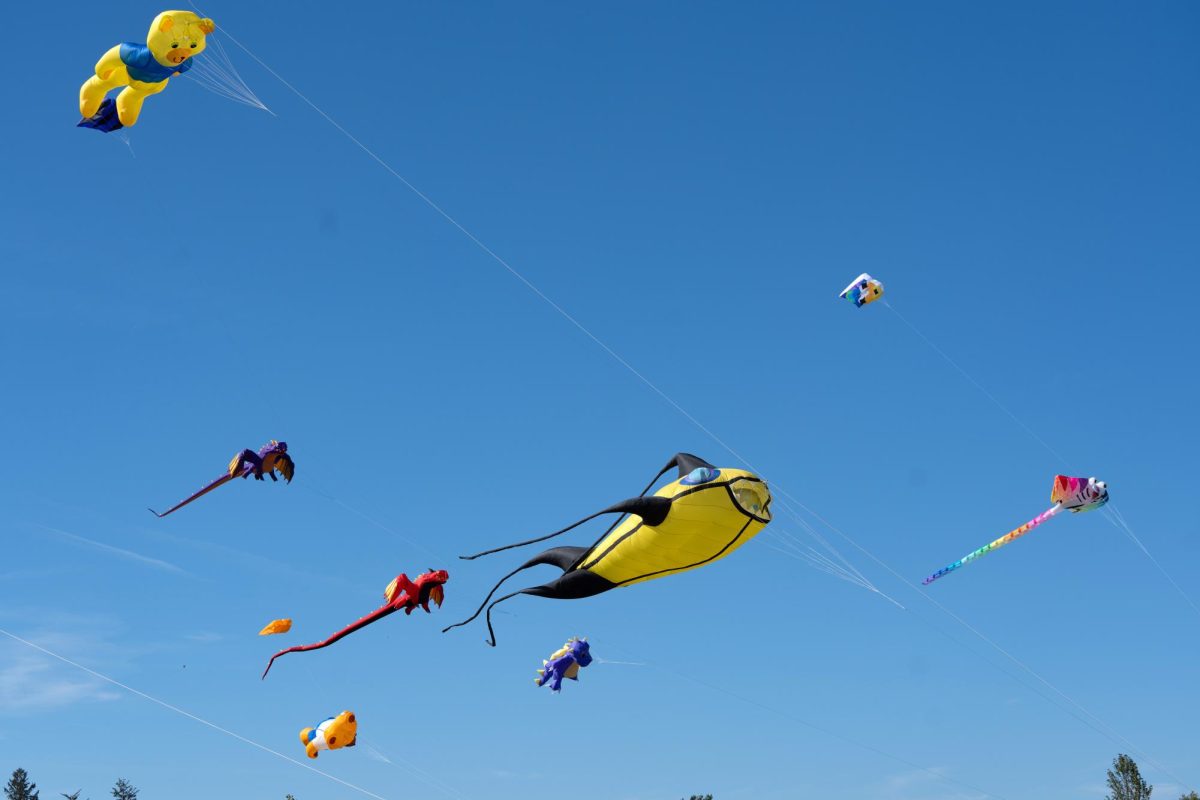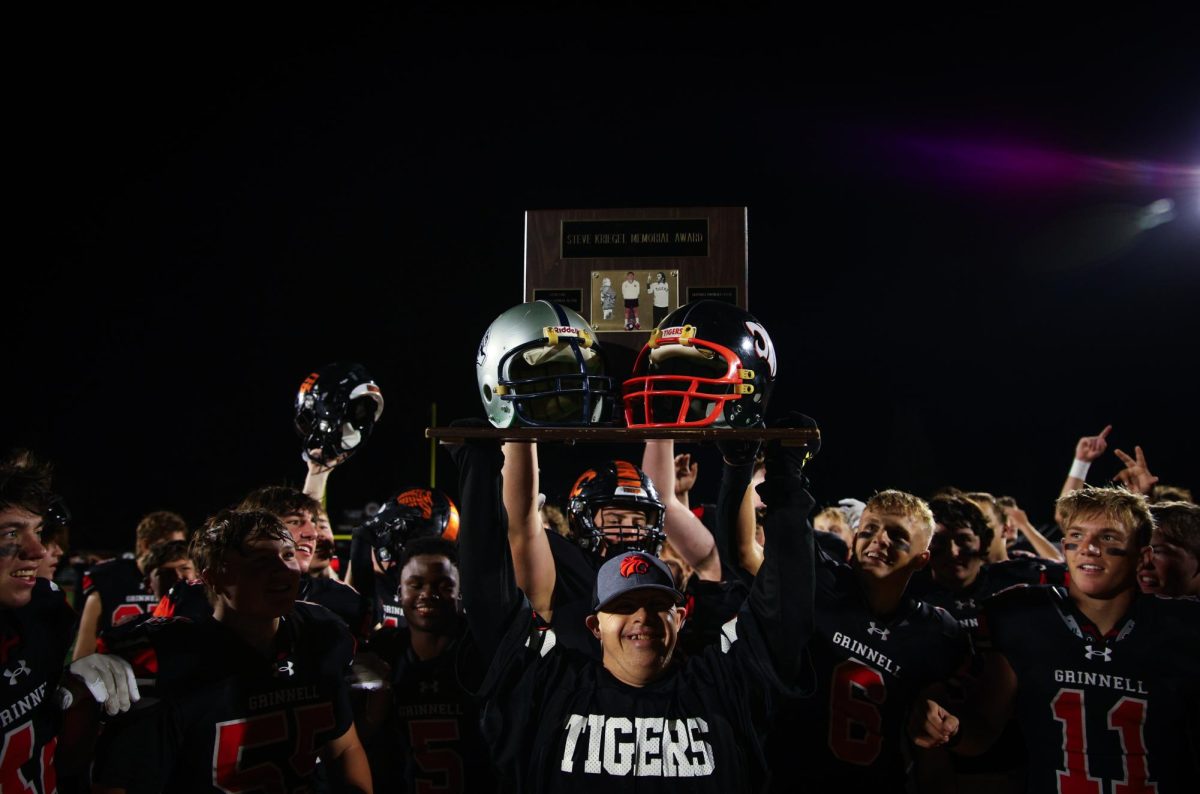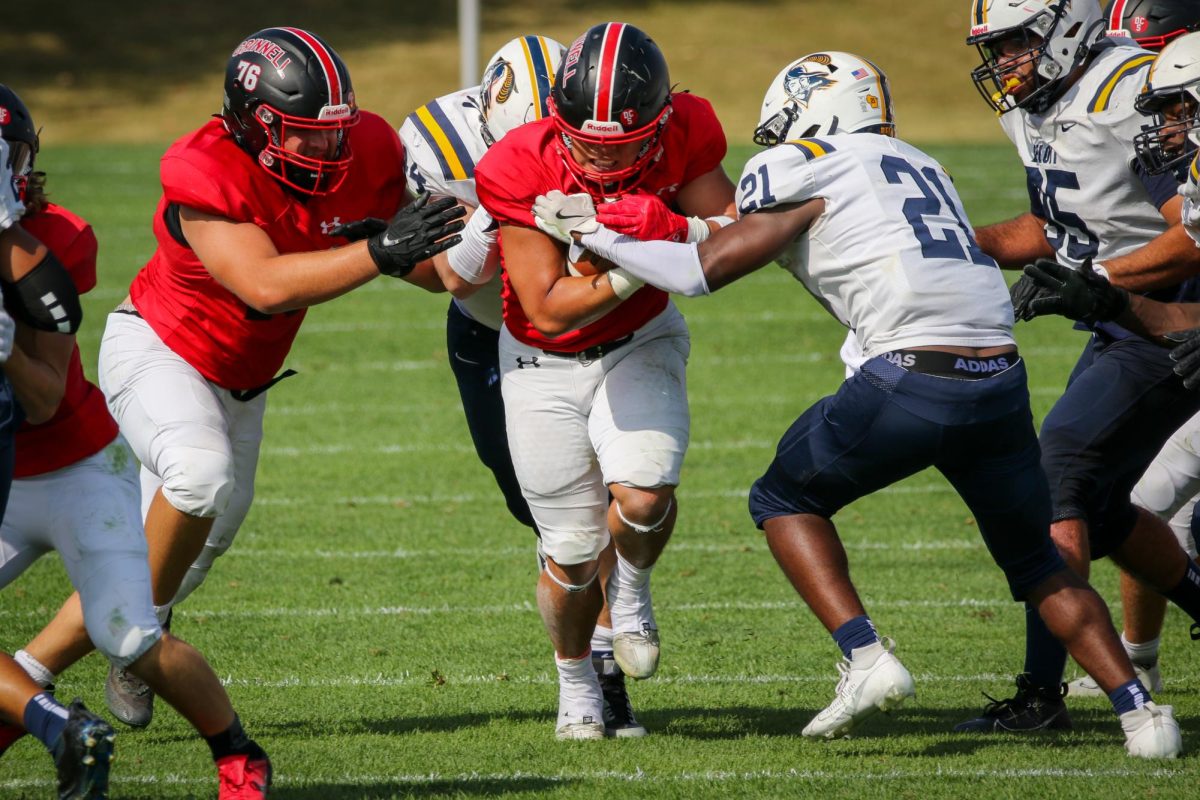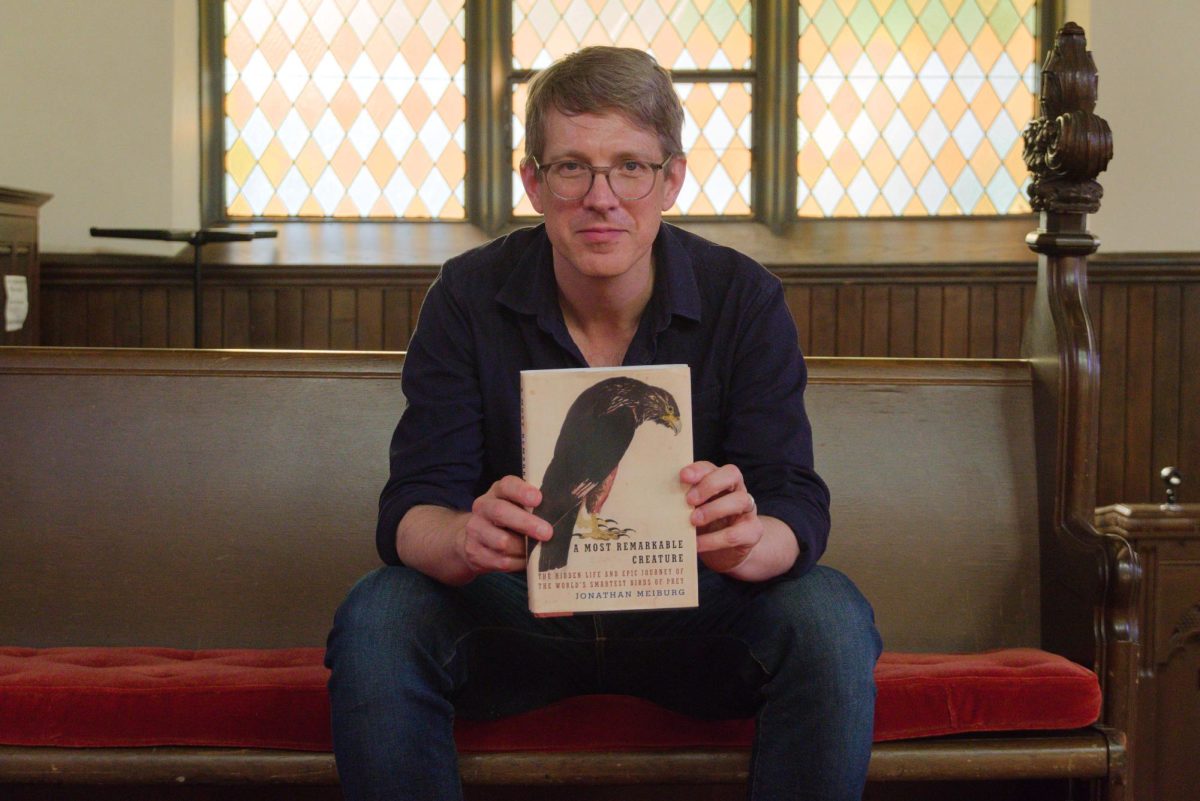I wonder if the makers of the “Toy Story” franchise were planning this all along—the first one came out when kids my age were just starting school, and now the last has come out as we head to college, while the owner of those irresistible talking toys, Andy, has followed an identical path. But what happens when we leave our childhood toys behind? This question is the subject of “Toy Story 3,” which manages to be a coming-of-age tale without actually focusing on the character, Andy, who is growing up. Instead, we are reacquainted with the old gang—Woody, Buzz Lightyear and the Potato Heads. Tragically, though, toys do not come of age—they remain in closets and attics while their owners go out into the world. Andy’s mother tells him to get rid of his toys, and he decides to take Woody alone to college with him. Abandoned, the rest stand for the childhood he is leaving behind to collect dust.
But these toys are more than mere symbols. “Toy Story 3” is as vivid and fresh as the first in the trilogy. The toys are, of course, not toys at all—they are the characters we care so much about. The movie puts them in all kinds of genre-spanning situations—they escape from a garbage disposal prison, they hit the road in search of their old owner. The story is really the opposite of an old, long forgotten toy. It bounces and buzzes but still manages to slow down when it needs to. These slower moments may come off as sappy, but there are times when childish sadness is completely warranted, and this is one of them. “Toy Story” can never be truly sad, even if the toys are desperate to avoid a tragic fate.
I did wonder, though, what Andy would think of all this. Did he even think about the toys at all as they struggled to avoid fading into obscurity? I surely thought about my old, faded stuffed animals and my twisted, amputated soldiers as I watched the film—I wanted to unbury them and tell them that they weren’t forgotten.
